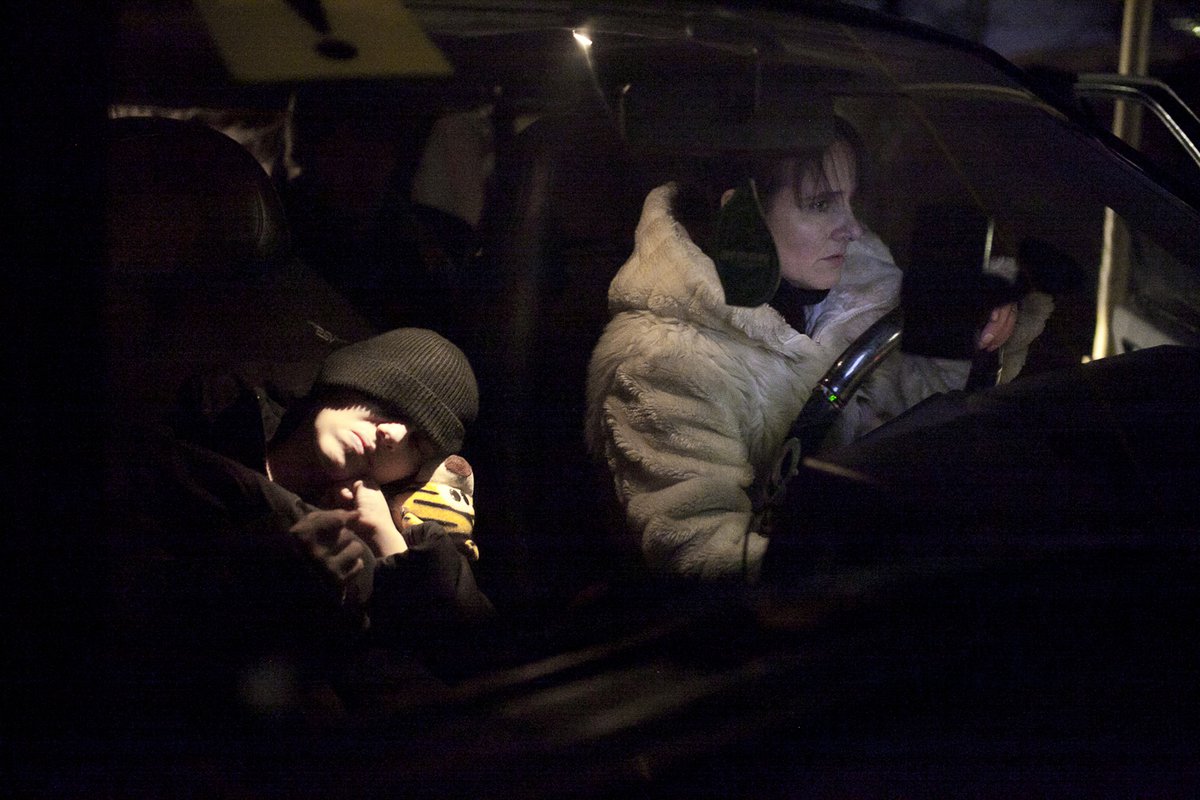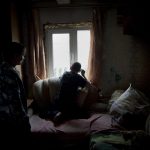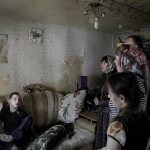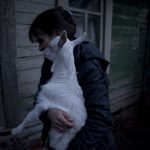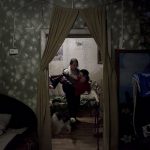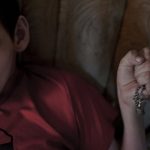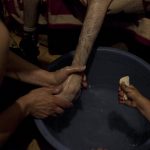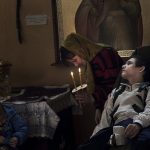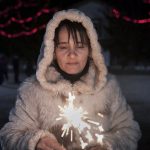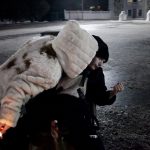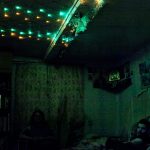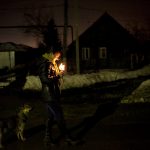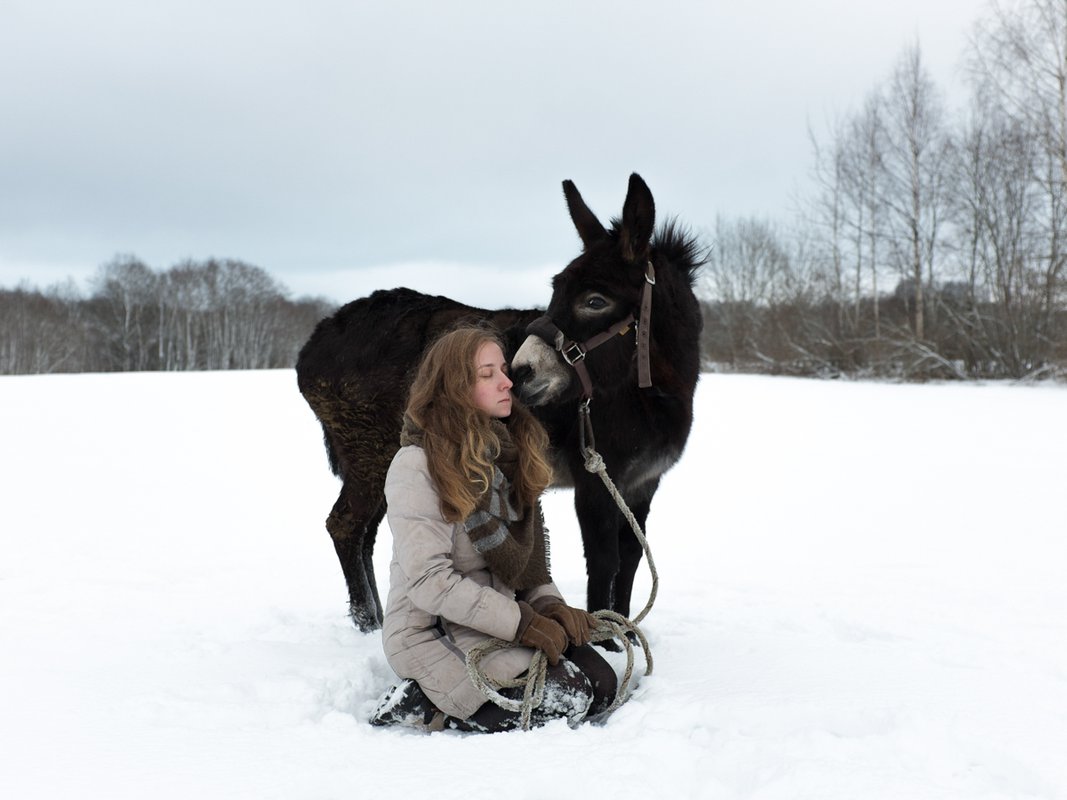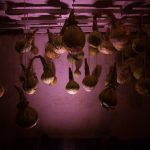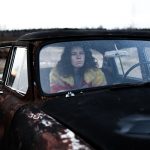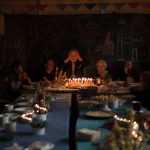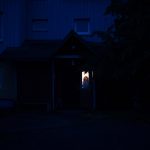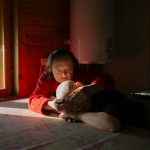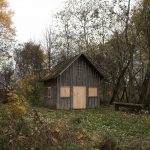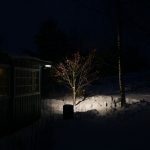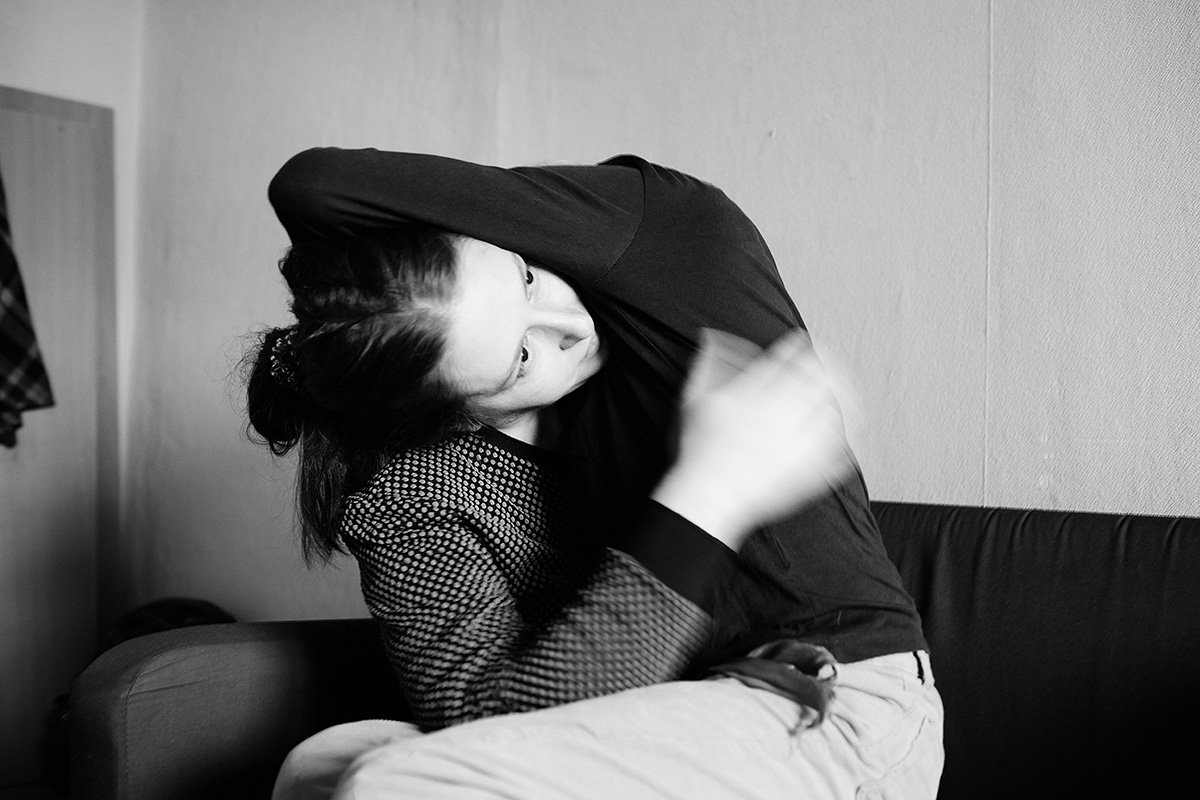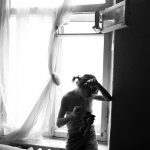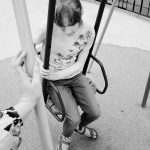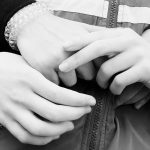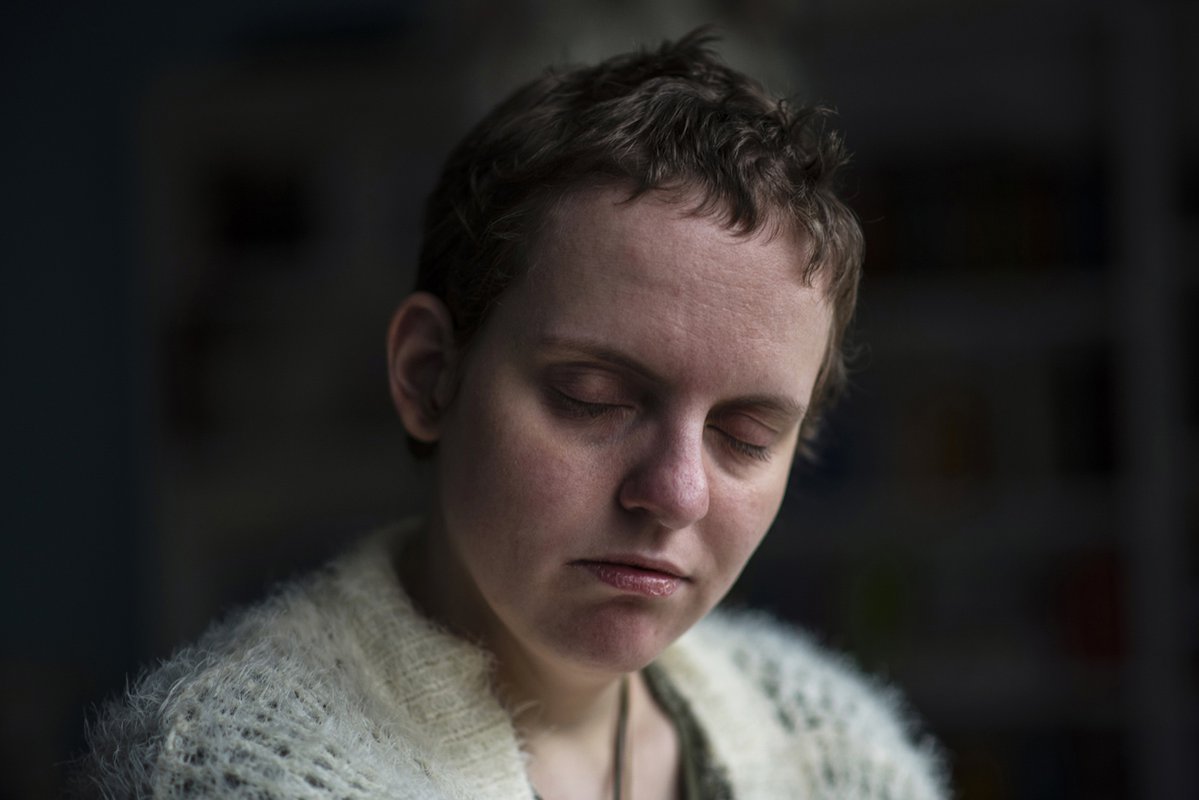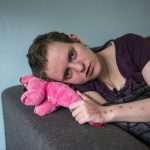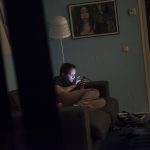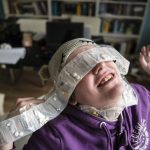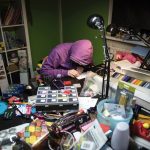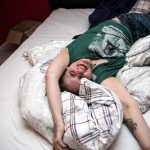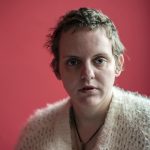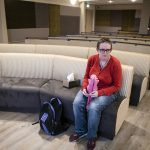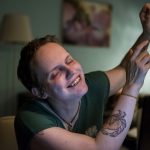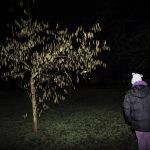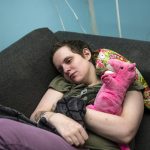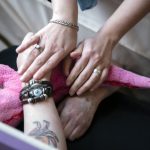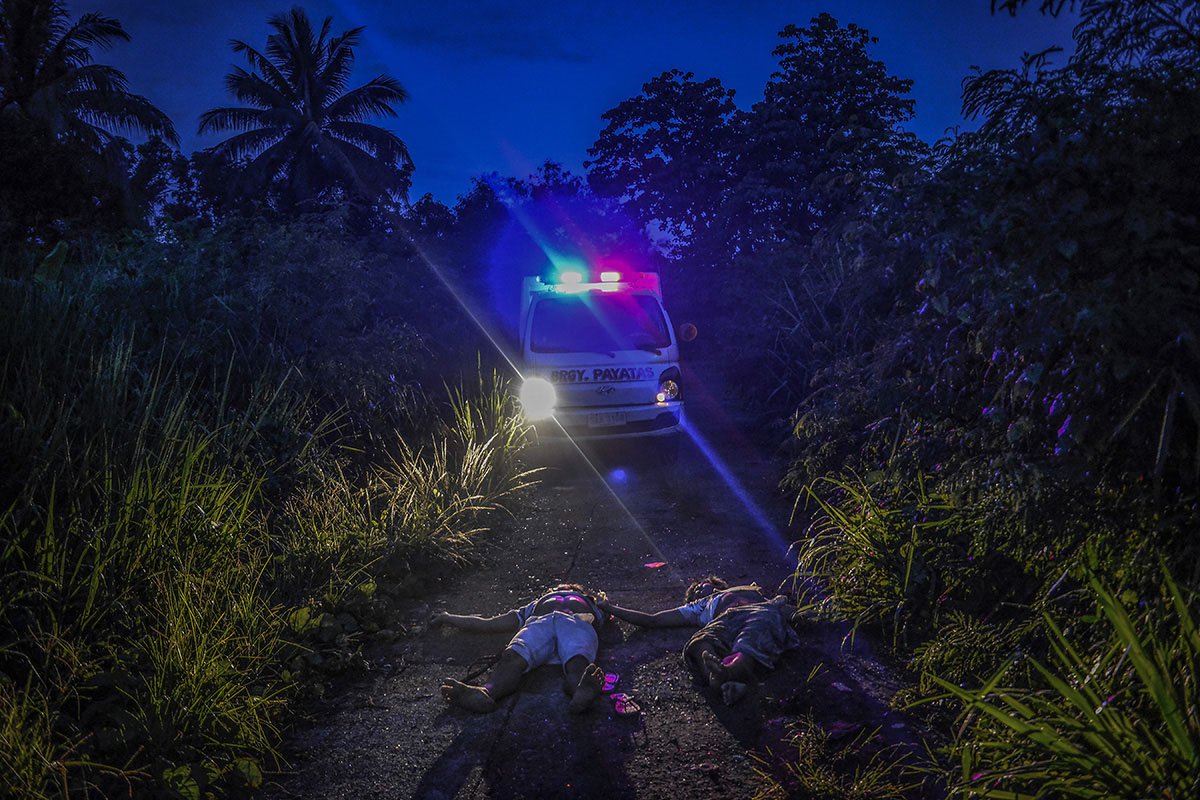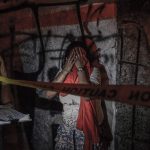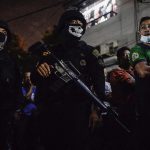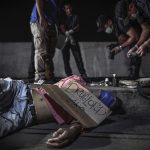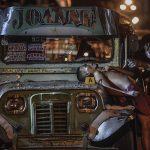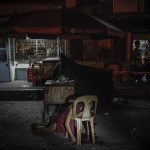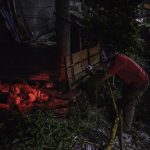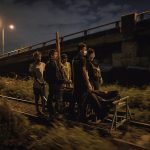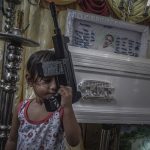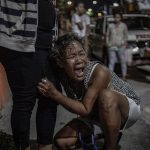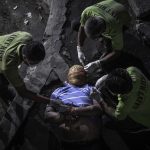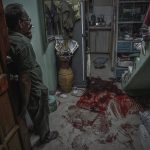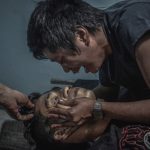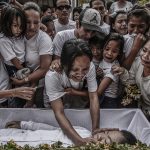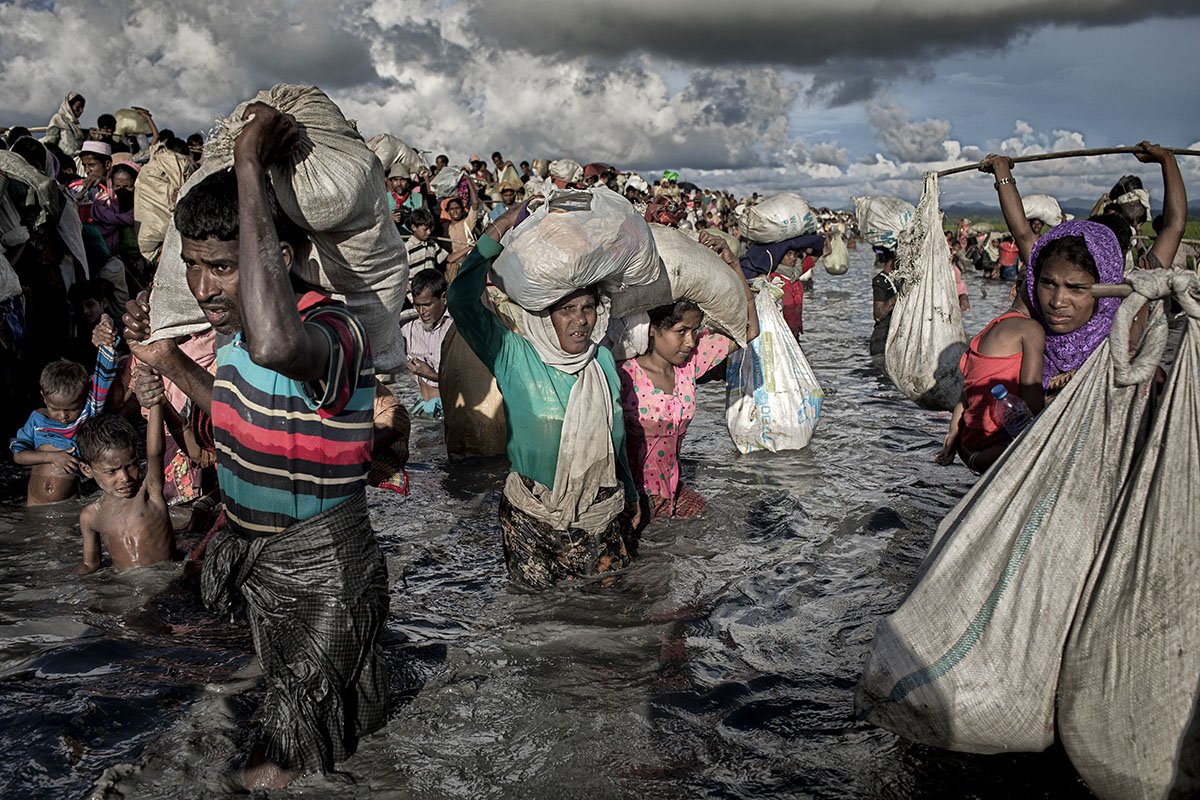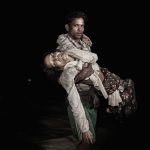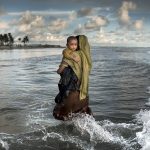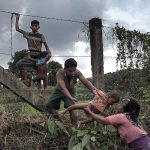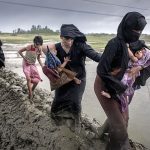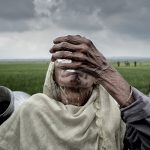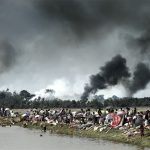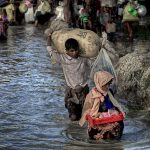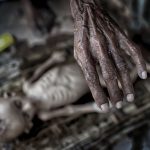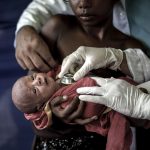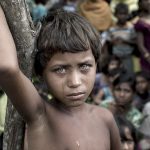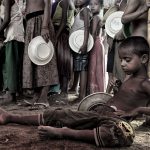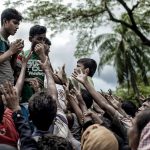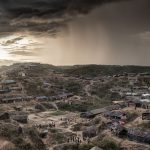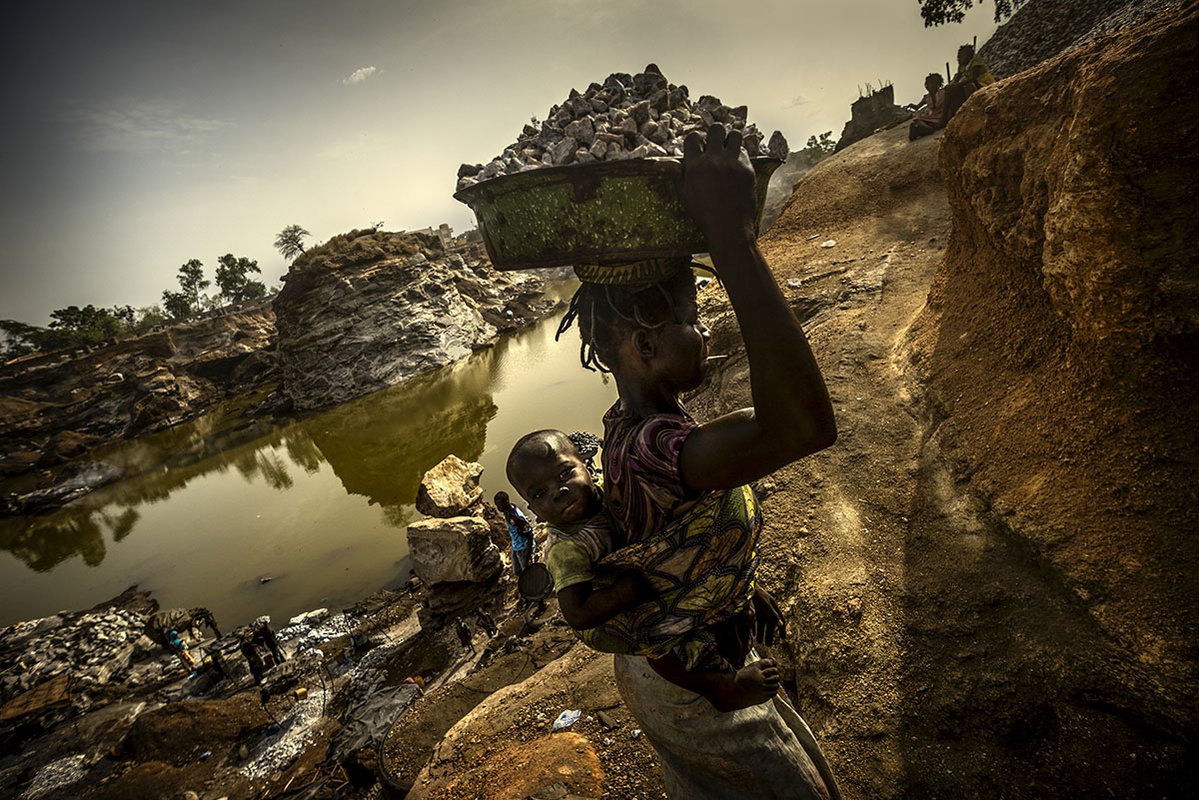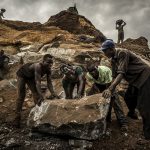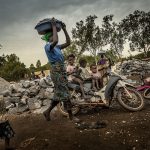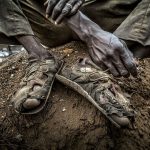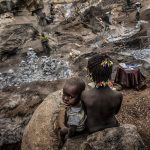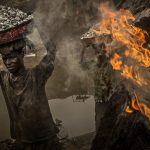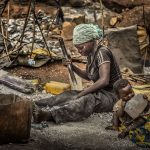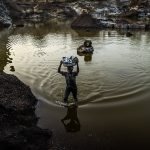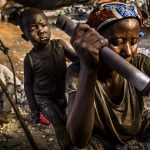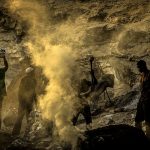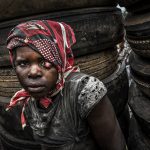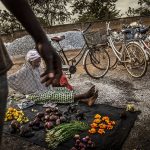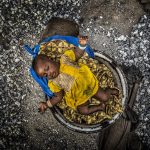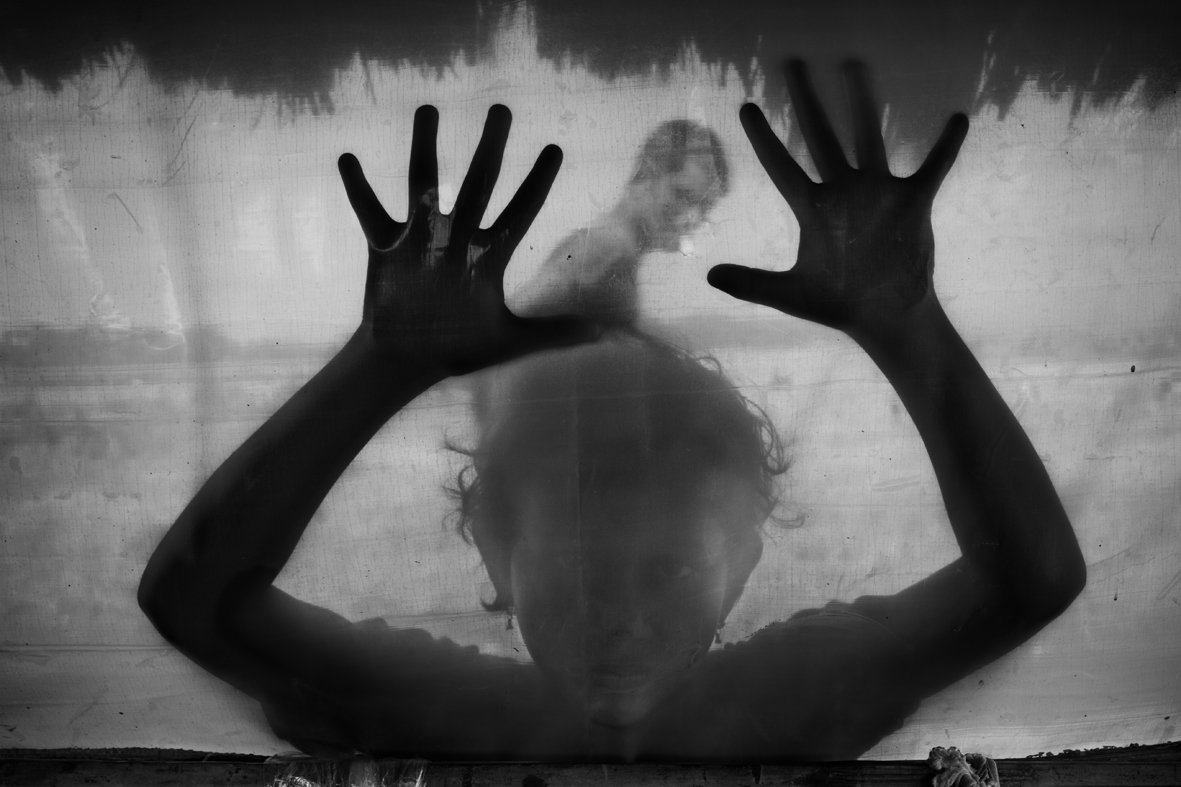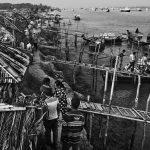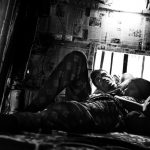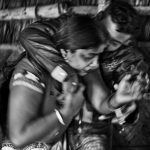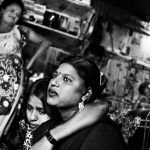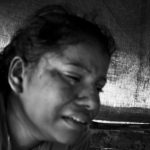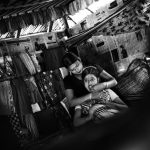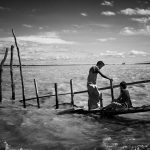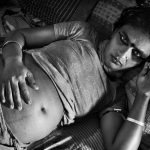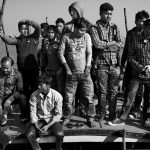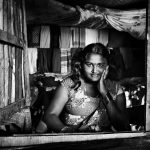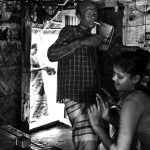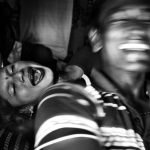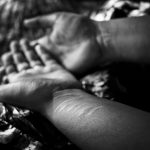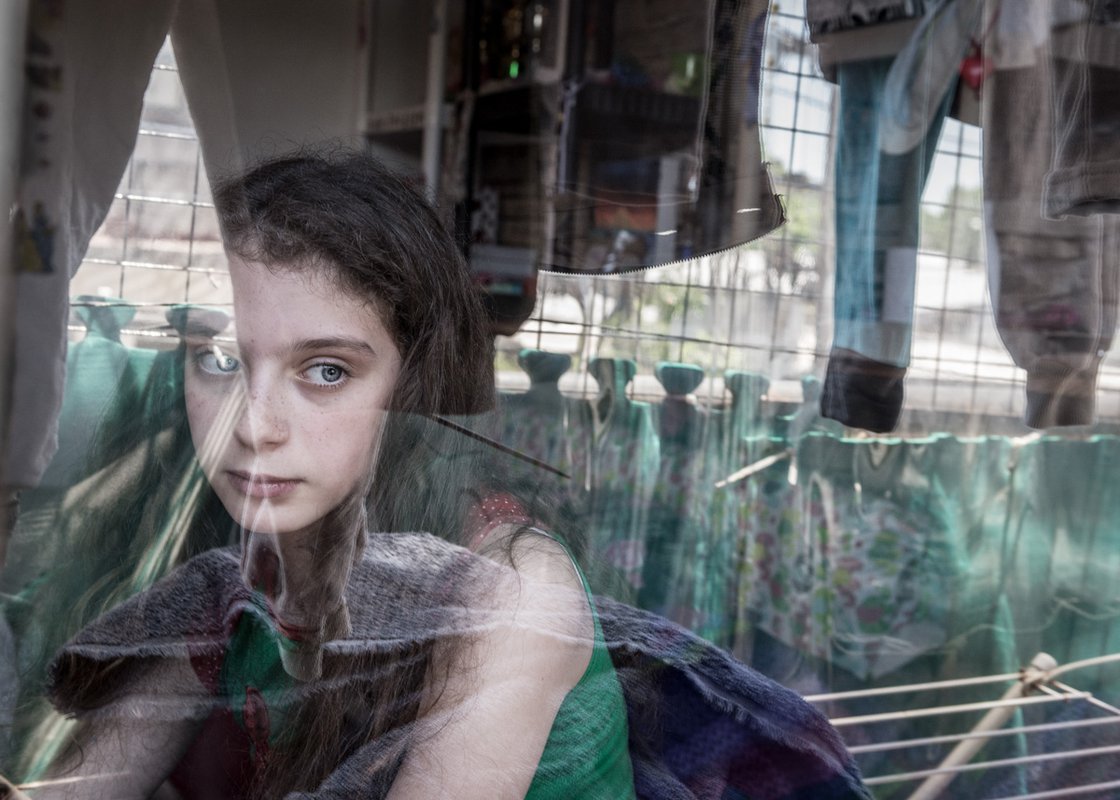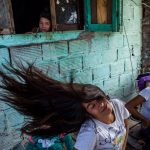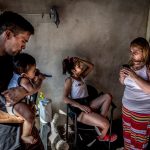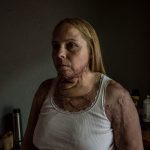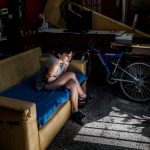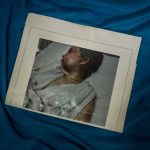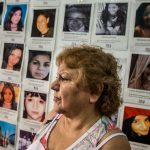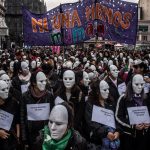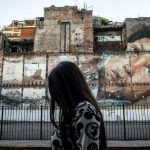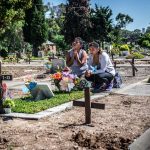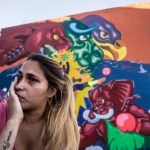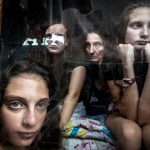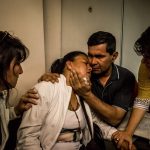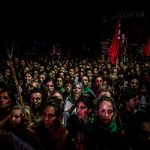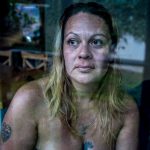
Deadline: June 1, 2019
Entry fee: Free
Prizes: ₽30,000, participation in the exhibition, publication in the catalog
FOTODOC Center for Documentary Photography at the Sakharov center is pleased to announce our Direct Look photo contest.
The topic for the contest: problems pertaining to relations between people and society and state, as well as ways of addressing these problems.
The goal of the contest
- Facilitate growth and promotion of independent journalism
- Support authors who research issues of relationship between people and society and state
- Support photo projects based on respect and advocacy of human dignity, underlying principles of the Constitution of Russia and UN Universal Declaration on Human Rights.
Categories
- Problem
Issues, friction, disagreements or discord that arise within the society between people and community, civic institutions and state - Conflict
The most heated methods of solving issues, disagreements or discord within the society between people and community, civic institutions and state. It is manifested in parties acting against each other and usually accompanied by negative emotions that extend beyond the existing norms and rules - Compromise
Conflict resolution through dialogue, social change or reform
Website: http://directlook.fotodoc.center/en/
Direct Look Photo Contest 2018 Winners
Light Inside
© Darya Aslanyan
1 Place Compromise Category
Irina, a quiet, small woman, lives in a small town in Russia. She grew up in an orphanage, got married after graduation and bore her children. Her husband started to drink, became aggressive and at last they divorced. She worked, raised the kids, bought a small house. After coming to church once, she has tried to live according to the Gospel, which appeared to be her way out. Then disaster struck: her younger son, Sasha, was hit by a car, got a severe head injury and fell into coma. 7 years old at the time, he lay motionless the next year. Irina has managed to teach him to speak again, hold things in his hands. She has cared for Sasha for 11 years now. Recalling the accident, she repeats that Sasha fell right in front of the temple, under the icon of the Mother of God. To her it is symbolic – in Christianity martyrdom is a direct road to the Lord.
“Svetlana”
© Mary Gelman
2 Place Compromise Category
Russians are prejudiced against those with mental disorders. They are not considered proper humans able to learn and socialize, they often remain unemployed. Yet there exists a different kind of place. “Svetlana” is a unique community in Leningrad region. This village provides people with various mental disorders an opportunity to live free and supported by tutors and volunteers. For the residents, though, those labels mean nothing. The place is not a boarding school or a clinic. No one is controlled and the doors are always open. Residents do not draw lines between “healthy” and “unhealthy,” “normal” and “abnormal.” Everyone is valued as an individual. One’s ability is the only thing that matters. The residents believe in the person one can become despite one’s past.
“Svetlana” has nearly 40 residents. Living in four large houses, they have a garden, a farm, a bakery, a carpentry and more. The residents subsist on farming and work together despite their differences. The villagers get five meals a day, visit sauna on weekends and stage plays on holidays. People with special needs are free to go out, work, have friends and fall in love. They can find fulfillment in any employment or creative activity. Some residents originally unable to hold a spoon now bake bread for all the inhabitants of the village or play in performances.
The Connection
© Sergei Stroitelev
3 Place Compromise Category
The series is a long-term photo story, for which I followed a small but very special family over 4 months. A young woman, Nadya (32), was a volunteer at a psychoneurological dispensary near Saint-Petersburg 5 years ago. During this time she formed a strong bond with a boy called Fedya (16) who suffered from several neurological diseases, including autism and a mild form of cerebral palsy. As Nadya recalls, she saw cleverness and kindness in his eyes. Some time later she realized that she wanted to adopt the boy. After a year of getting the runaround Nadya overcame bureaucratic hurdles, and now the two of them live together in a small single-bedroom apartment.
Because Fedya cannot be left alone even for a minute, Nadya’s life is completely dedicated to him. She feeds the boy, dresses him, brushes his hair, walk with him and reads to him, trying her best to make him as happy as possible. Sometimes the boy lashes out. Nadya explains this behavior by his previous hard life at the dispensary and by the incompetence of the working staff who used to beat the children. Fedya calms down when he feels affection and contact, and even when he connects strings, creating a link, something that is peculiar to every family that the boy was deprived of in the dispensary. This story is not only about compassion but also about obligations taken for life. In the course of my work I kept asking myself whether I could do what Nadya did. I still do not know, but I definitely admire Nadya and Fedya’s family. Here it must be mentioned that this family is a very rare case for Russia. It is almost impossible to find someone with a child adopted from a dispensary. Even if somebody should consider the possibility, there is a terrible amount of red tape to get through.
26 Days
© Sandra Hoyn
1 Place Conflict Category
Aurelia is 29 and will die soon. Because it is her decision. I accompanied Aurelia during her last weeks until her death. In the Netherlands, where Aurelia lives, euthanasia is allowed since 2002. Every year several thousand people end their lives there, legally assisted by a doctor, because their pain is unbearable and there is no chance for recovery. When does suffering grow too strong to live on? Aurelia suffers from serious mental illnesses. She has the borderline syndrome, depressions, various anxiety disorders, eating disorders. She has gone through all possible treatments and therapies. She says, “I would love to live, but I want to end my suffering! The only way to reach this point for me is to die.” Aurelia says she does not wish to encourage people to kill themselves. She wants those really determined to end their lives because of suffering get the chance to die by their own volition and assisted by a doctor. Not alone, not after a self-mixed overdose, not after a jump in front of a train or from a high building. But at home, in their own beds and surrounded by their loved ones and in dignity.
Although euthanasia is legal for mentally ill people in the Netherlands, doctors rarely allow it. In the Levenseindekliniek (end-of-life clinic) 457 out of the 503 applications of mentally ill people were denied in 2017. On the 31th of December 2017, Aurelia received a phone call from the clinic: she will be allowed to die in 26 days. The doctors of the euthanasia clinic have certified that Aurelias fight for healing is without any prospect of success. Is this a scandal? Or is it time to talk about the matter that also mentally ill people can reach the point where their suffering is unbearable, and it should more ethical to help them ending their lives in order to relieve their pain and suffering?
Duterte’s War on Drugs is Not Over
© Ezra Acayan
2 Place Conflict Category
More than 27,000 dead: this is the result of a two-year war on drugs in the Philippines. In 2016, Rodrigo Duterte became president of the Southeast Asian republic. His campaign promise to fight drugs with any means won him the election: he threatened those connected to drug consumption and sales with the death penalty, called for vigilante justice and allowed the police to act with brutality. Dealers and users were murdered. The United Nations appealed in vain to the Philippine government to investigate extrajudicial killings and to prosecute the perpetrators. The war continues. This photo reportage aims to illuminate both the violent acts carried out in the Philippines as well as the questionable methods of Duterte and the police.
Rohingya Exodus
© K M Asad
3 Place Conflict Category
“It hurts to walk for three days straight without food and water, but it’s more heart-wrenching when I think about my home, my things left behind,” says an old Rohingya woman, a refugee from Myanmar, as she gulps down a cup of water. She is not the only one to flee from there.
Tens of thousands of Muslim Rohingya people have made or are still making their way to Bangladesh because of the brutal situation in Myanmar. “Rohingya”: the word itself is taboo in Myanmar. Buddhist leaders refer to Rohingya as Bengali, immigrants to be rooted out. Rohingya are not included among the 135 ethnic minorities officially recognized by the state and do not qualify for Myanmar citizenship. Many reports on Rohingya persecution and marginalization begin with Myanmar’s 1982 citizenship law, which stripped the country’s 1 million Rohingya of citizenship, leaving them without access to health care and education. Waves of violence soon followed. The army calls the campaign a stamping-out of an insurgent terrorist military group. Observers say that though armed Rohingya insurgents exist, their overall numbers are small and they are poorly equipped. The crackdown came hard on the entire ethnic group. In what has quickly evolved into a humanitarian disaster of historic proportions villages have been burned to the ground. There are also reports that the army has set up mines along the Bangladesh border to ensure that those who flee do not return. The army insists they are interlopers from across the border. Rohingya point out they have lived in Myanmar for generations. They are surely not a people from a no man’s land. Then just who are they?
The Forgotten Souls of a Death Quarry
© Antonio Aragon Renuncio
1 Place Problem Category
Unbearable heat, perennial illness, landslides… death. On the outskirts of Ouagadougou, in one of the many suburbs of the Burkinabe capital, there lies the Boulmigou quarry, an open excavation where more than 1,500 people work, principally women and children. It is the last hope of employment for the poorest people of the city, those who have no other choice. €0.04 is what they earn for each bowl of rock transported or crushed – a terrible fate for the workers of this unbelievably inhospitable African underworld, where constant heat of over 40° Celsius makes work almost impossible and job safety and hygiene are almost non-existent, a perfect breeding pit for respiratory and skin diseases. Seven days a week. No break. Forever… Burkina Faso, with a population of around 18 million people, continues to be one of the poorest countries in the world. Half of the population survives on less than $1 a day, two out of five children are malnourished and do not go to school, and social welfare indicators remain below sub-Saharan averages, positioning the country on the bottom of the planet’s human development index (HDI).
Living in Solitude
© Manel Quiros
2 Place Problem Category
Her name was Reena. It did not matter that she was only twelve, that all she wanted was to survive the streets of Chittagong in Bangladesh after being thrown out by her stepfather. The trap was simple enough: she was desperate for a job and met a lady who promised her a job selling garments in Dhaka. She never made it to Dhaka. She was taken to Banishanta island instead, sold to a Madame, and there they took her name, took her innocence and made her faceless and nameless, with no money, honour or freedom.
Banishanta is a tiny island in Mongla, southern Bangladesh, occupied by a brothel, one of twenty legal brothels in the country. It is staffed by women who have been kidnapped and sold. Most are unregistered at birth and have no identification papers, which makes it nearly impossible for them to leave the islet in search of a better life when they are no longer of value to their Madame. Drugs and alcohol are part of the daily routine, a means to escape the pain of their existence. The girls are isolated on Banishanta, so they are forced to learn to live in each other’s company, where they form friendships and families. But this is all a make-believe facade for the sake of their sanity. In truth every girl lives alone.
Ni Una Menos
© Karl Mancini
3 Place Problem Category
Next:
Cityscapes Art Competition by Fusion Art

Share:

